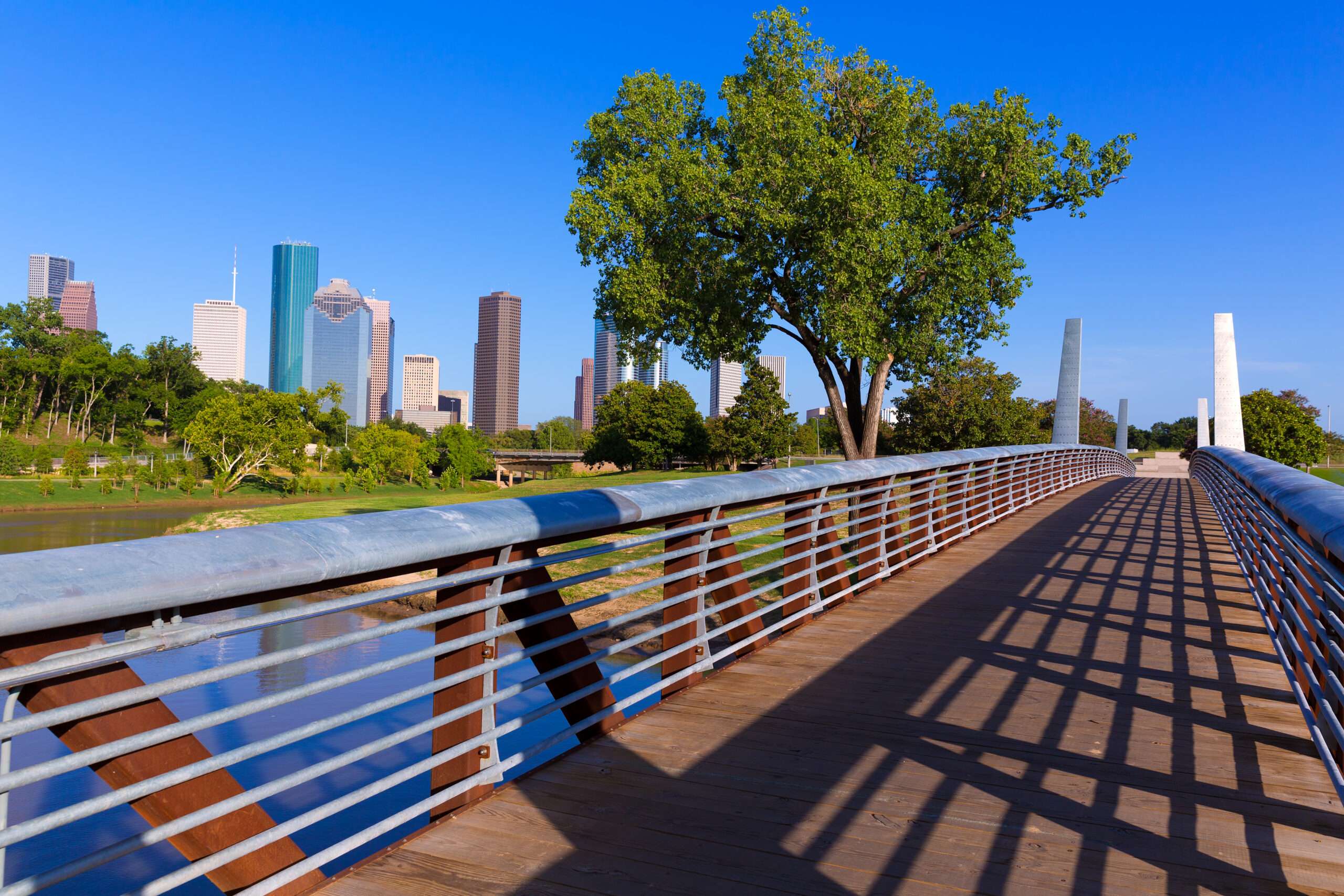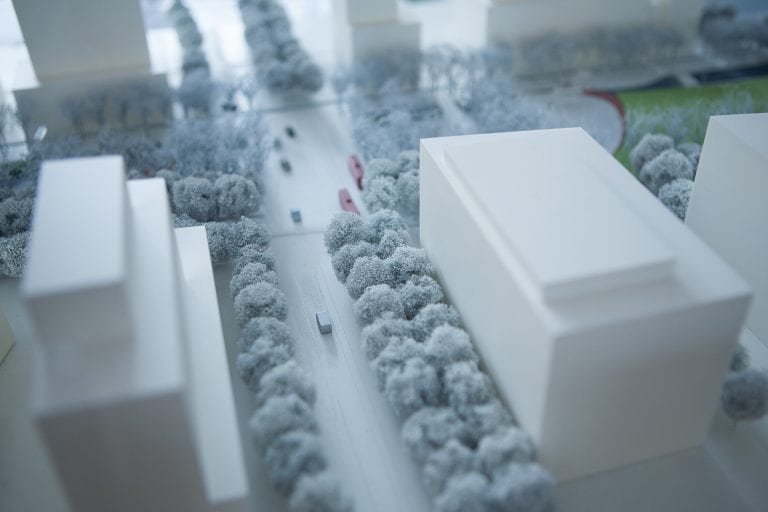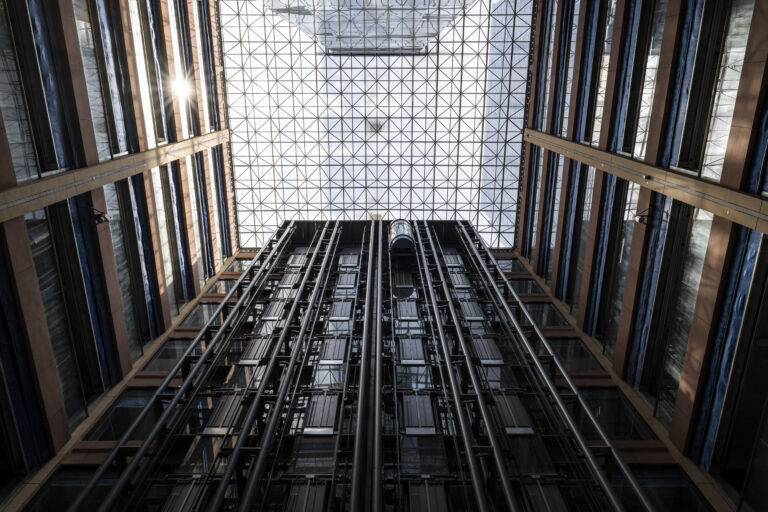
US-based landscape architecture firm Nelson Byrd Woltz has recently completed a significant project in Houston, Texas. Known as the Kinder Land Bridge and Cyvia and Melvyn Wolff Prairie, this endeavor is part of a larger ten-year master plan initiated in 2015 by Nelson Byrd Woltz Landscape Architects. The plan aims to transform a 1,464-acre wilderness area located just outside downtown Houston.
The Land Bridge and Prairie is situated at the heart of Memorial Park and serves as a connection between two sections of greenspace that were previously separated due to the construction of a six-lane highway in 1955. To bridge this divide, Nelson Byrd Woltz constructed two tunnels, measuring 400 and 560 feet in length, which pass through the expansive land bridge.
The Land Bridge and Prairie project is a key component of the ongoing efforts to revitalize this urban greenspace. To create the structure, over half a million cubic yards of soil were used to form an earthen base for grasses and pathways.
According to the studio, “The Land Bridge itself creates two dynamic connections over Memorial Drive that reunite the north and south sides of Memorial Park while expanding the existing network of trail systems and providing increased connectivity throughout.”
This project not only serves as a symbol of the triumph of nature over urbanization but also enhances the accessibility and connectivity of Memorial Park, ultimately contributing to the overall improvement of the surrounding area.
The bridge has been divided into two distinct sections, resembling mounds of earth, with a central portion of the highway exposed.
The construction of the bridge necessitated collaboration among various disciplines, including engineers, prairie experts, and fluvial geomorphologists.
To create a land bridge, the tunnels were covered with soil and grass. Additionally, stormwater management techniques, such as a constructed stream bed, were implemented to address flooding and enhance water quality treatment.
According to the studio, this project goes beyond being a mere physical link. It represents a nexus where intricate and multifaceted systems, both human and natural, have been holistically conceived as part of a grander vision.
“Nelson Byrd Woltz wanted everyone to be able to use the same paths up and down the land bridge so they were designed in such a way that their grade is gentle enough (and this requires curves) so that all people of all abilities can use them,” said the team.
To ensure accessibility for all individuals, gently sloping curving pathways were strategically placed throughout the area. Each section features a central ellipse-shaped path that rises above the surroundings.
The team from Nelson Byrd Woltz designed the paths in a manner that allows people of all abilities to navigate them. The paths were carefully graded with gentle slopes and curves to accommodate everyone.
“This new parkland will symbolize the triumph of green over grey,” said the studio. “Healing the divide created by the construction of Memorial Drive.”
The remaining area surrounding the pathways, spanning 45 acres, was intentionally left largely undeveloped. Instead, it was planted with grasses, shrubs, and trees native to North America’s coastal prairie environment. This habitat is endangered, with less than 1 percent of its original 8 million acres (3,240,000 hectares) remaining throughout the United States.







